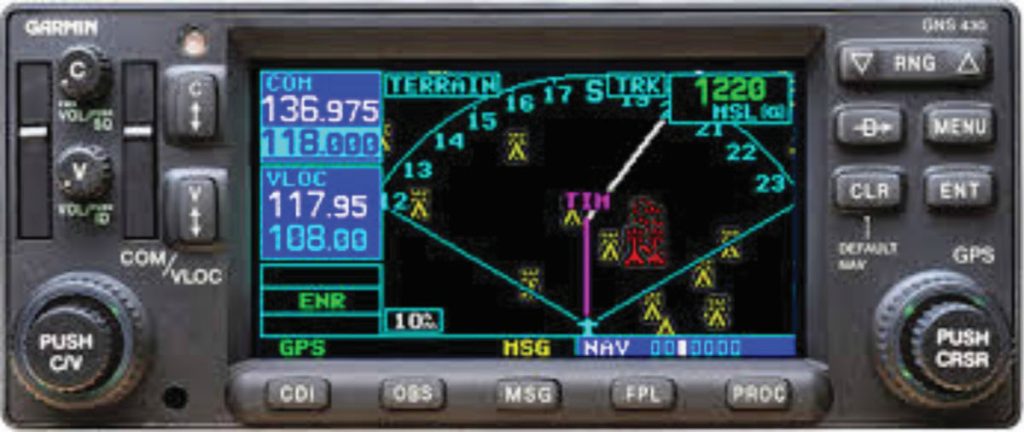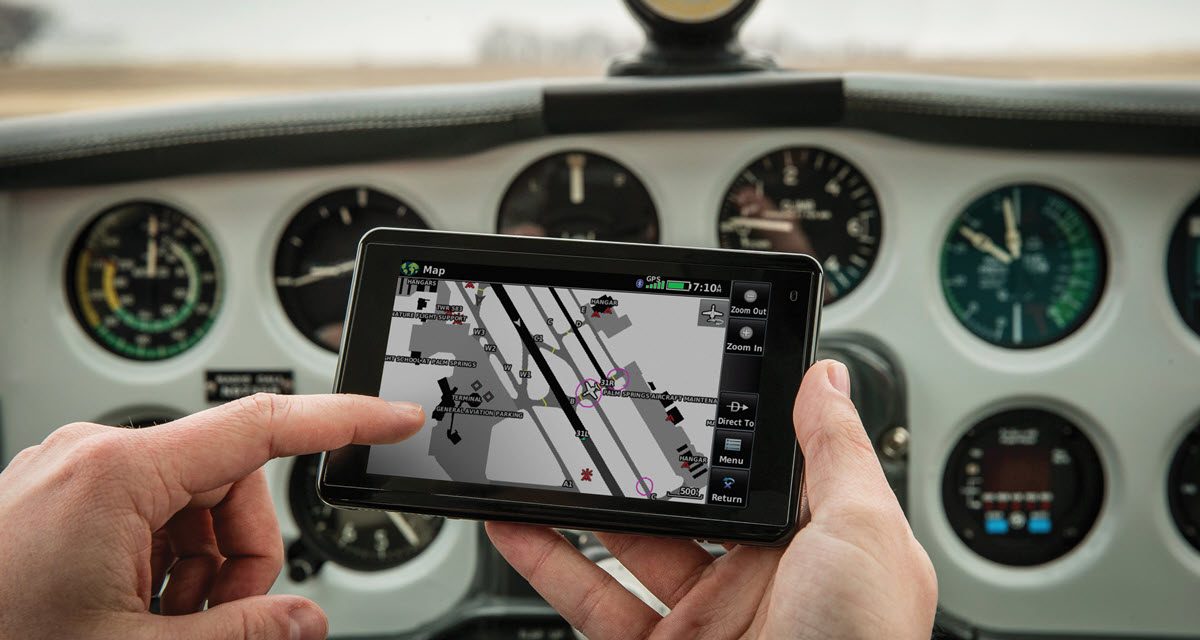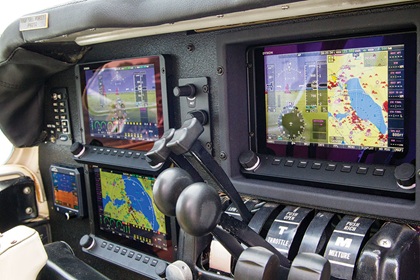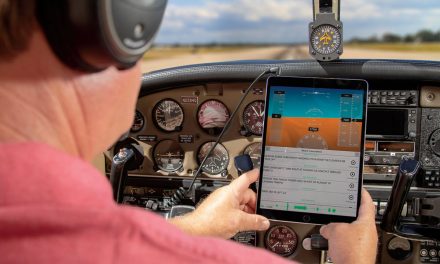The FAA monitors active pilot’s certificates in the US and issues the data every year including the stats for the nine years prior. A glance at the FAA’s updated pilot statistics is an interesting read. Simply Google “U.S. Pilot Statistics” and the report comes up showing last year and the nine years prior. Here are some of the highlights when I reviewed the data for this article.
- There were approximately 490,000 pilots in the U.S. with active certificates in 2023.
2014 had approximately 473,000, so a mere increase of about 17,000 new pilots in 10 years - There were 316,500 pilots holding a student certificate in 2023.
2014 had 120,500 students, so we see a significant increase in student activity! This may explain the recent jump in aircraft prices. - Of the 490,000 pilot certificate holders in 2023, just 7% were women.
Airline CEOs with goals to significantly increase the percentage of female pilots have a lot of work to do! Is flight training a hostile environment for women or are they just not interested? - 67% of active pilots in the U.S. have an instrument ticket.
That means that 33% of those holding an active private certificate are VFR only.
161,700 Private Pilots in the U.S. Fly VFR
That’s the number I was looking for!
When we get into a serious discussion about Avionics, more often than not we are talking about the tools required to fly IFR. EFIS systems, autopilots, primary engine instrumentation, $22,000 large format navigators — even Light IFR requires you to consider these tools if you want to venture into the clouds safely. A VFR panel can be basic or can be well-equipped. Is there such thing as “Light VFR”?
There are some who think I invented the term “Light IFR”, so here I go again!
Well, consider the VFR pilot in a basic legacy aircraft (like a Cherokee 140, legacy Cessna 172 or an Ercoupe), who only flies locally, in familiar terrain, and for fun — with no plans to venture beyond 100 nm from their home airport and only when the winds are light, and the sky is blue. Could we call this Light VFR?
How about the pilot who, for one reason or another, has a better airplane. Let’s face it, the budget is a limiting factor for many. They understand the limitations of their VFR ticket but are not afraid to venture out into unknown territory when the weather is less than perfect. VFR cross-country flying calls for enhanced navigation tools and, depending on where you fly and live, ADS-B. I always say, “Equip for the mission.” But are these two different VFR missions?
So, let’s have a serious discussion about flying for fun and equipping for your VFR mission. Let’s start with the basics. Every pilot needs to:
- Communicate
- Navigate
- Be aware of their location and situation (“Situational Awareness”)
- Integrate into the ATC system (if you have and electrical system)

Communication
Even at the local level in an uncontrolled environment, with no plans to venture far or go anywhere near controlled airspace, the VFR pilot needs to communicate to other pilots in or around an uncontrolled airport when taking off or entering the pattern. To me that means the VFR pilot should have at least one, good, reliable, panel-mounted com radio and, at least, a portable com in the flight bag as a backup.
The ability to connect the portable to an external antenna has a significant effect on range. If your VFR flying takes you towards or into controlled airspace or if your home airport is within the veil, having two coms and an audio panel to control them is better. Take note, we just bumped the budget for VFR equipage significantly. Bottom line, no matter how you fly, even basic VFR, you must be able to communicate. There is little on the used com market that has much of a future and the labor to install a com, new or used, is the same. So, if your plans include keeping the airplane for a while, new is probably the better investment. Garmin offers the GTR 205, their new slimline model, at $2,400 and Val Avionics offers the lowest price com available at $1,275, but I like the Trig TY96A Com at $2,300 as a new option for this situation. It is the only new com with a built-in recorder that allows you to play back the last message with the push of a button. This is common on new audio panels, but a VFR pilot with a single com does not need an audio panel and can have this feature and benefit.

Have a website login already? Log in and start reading now.
Never created a website login before? Find your Customer Number (it’s on your mailing label) and register here.
JOIN HERE
Still have questions? Contact us here.






